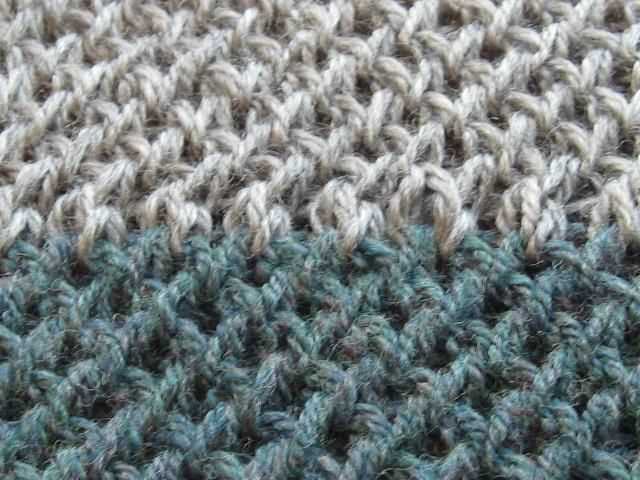
If you’re looking to add some texture and interest to your knitting projects, the criss cross knitting pattern is a great option. This pattern creates a beautiful interlocking pattern that resembles a series of X’s or crosses, hence the name. It’s a versatile pattern that can be used in a variety of projects, from scarves and hats to blankets and pillows.
The criss cross knitting pattern is created by crossing stitches over each other, creating a twisted effect. This can be achieved by using cable needles or by using a technique known as the “drop and twist” method. The drop and twist method involves dropping a stitch off the needle, twisting it around the stitch below, and then picking it back up again.
One of the great things about the criss cross knitting pattern is that it looks much more complicated than it actually is. While it may take a bit of practice to get the hang of the technique, once you’ve mastered it, you’ll be able to create intricate patterns that are sure to impress. Plus, the texture of the criss cross pattern adds warmth and coziness to your knitwear.
So whether you’re a beginner knitter looking to take your skills to the next level or an experienced knitter looking for a new challenge, give the criss cross knitting pattern a try. With its stunning texture and endless design possibilities, it’s sure to become a favorite in your knitting repertoire.
Criss Cross Knitting Pattern
Criss cross knitting pattern is a popular technique that adds an interesting texture and design element to any knitting project. It creates a unique crisscross pattern that can be used to create various items, such as scarves, hats, sweaters, and blankets.
This knitting pattern involves crossing stitches over each other to create the crisscross effect. It is achieved by knitting stitches out of order, either by slipping stitches onto a cable needle or by rearranging the order of the stitches on the knitting needles. The crisscross effect is created when these stitches are then knit in the new order.
To create a criss cross knitting pattern, start by knitting a few rows in a basic stitch pattern, such as garter stitch or stockinette stitch. Then, when you reach the desired point in the pattern, follow the instructions for crossing the stitches. This may involve slipping stitches onto a cable needle, holding them in the front or back of the work, and then knitting the stitches in a different order.
Criss cross knitting pattern can add a beautiful and intricate detail to your knitting projects. It can be used as a design element on its own or combined with other stitch patterns for even more intricate designs. With practice, you can master this technique and create stunning pieces that showcase the unique crisscross pattern.
What is the criss cross knitting pattern?
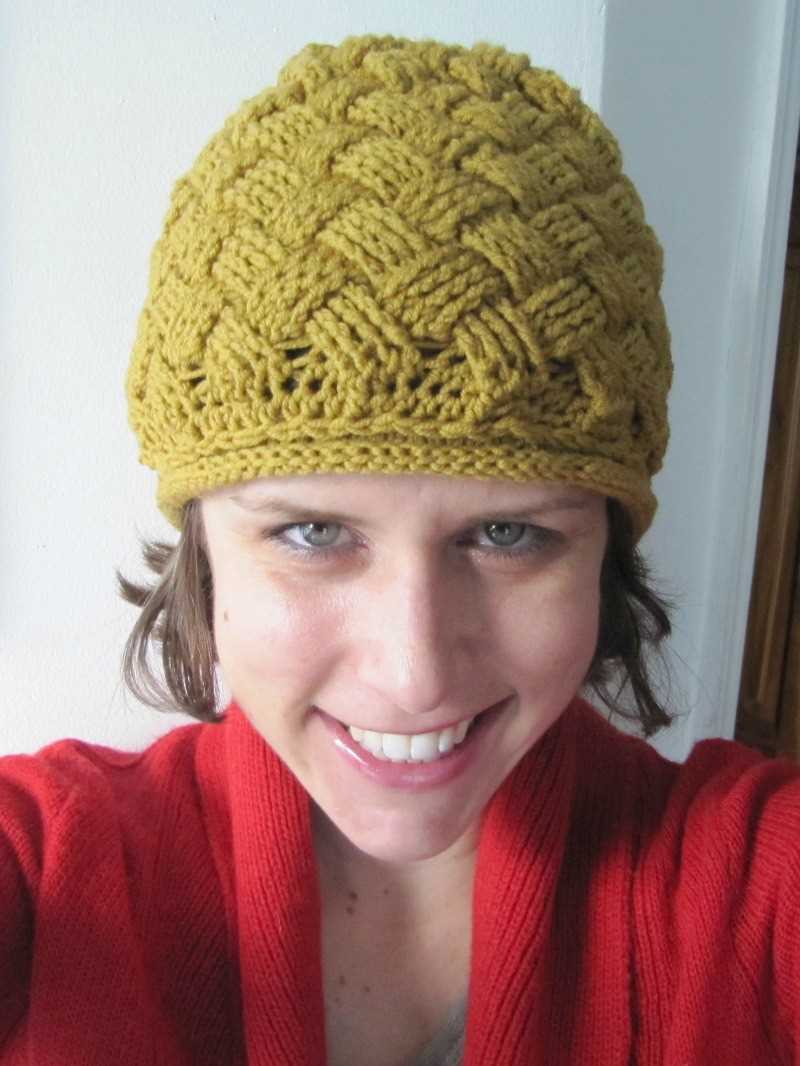
The criss cross knitting pattern is a technique used in knitting to create a unique and decorative pattern. It involves crossing stitches on top of each other to create an interlocking design. This technique can be used to add texture and visual interest to various knitting projects, such as sweaters, scarves, and blankets.
To create the criss cross pattern, knitters typically work with two or more colors of yarn. They alternate between the colors and use a technique called “intarsia” to create the crossed stitches. Intarsia involves carrying the unused yarn behind the current color and crossing it over when needed. This creates a woven effect and gives the pattern its distinctive appearance.
The criss cross knitting pattern can be adapted to different skill levels and project types. Beginners can start with simple designs, such as a basic criss cross stitch in a scarf or hat. More experienced knitters can experiment with more complex patterns, such as intricate cable designs or intricate lacework. The possibilities are endless, and knitters can let their creativity guide them in creating their own unique criss cross patterns.
Overall, the criss cross knitting pattern offers a versatile and visually appealing way to elevate knitted projects. Whether you’re a beginner or an experienced knitter, incorporating this technique into your projects can add an extra element of elegance and complexity.
How to Create the Criss Cross Knitting Pattern?
The criss cross knitting pattern is a fun and unique design that adds texture and interest to your knitting projects. It involves crossing stitches over one another to create a woven-like effect, resembling a lattice or grid. While it may appear complicated, it is actually quite simple to achieve. Here’s a step-by-step guide on how to create the criss cross knitting pattern.
Materials:
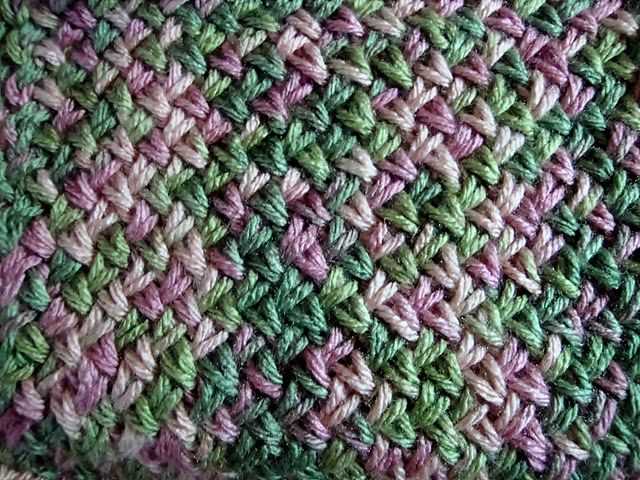
- Knitting needles
- Yarn
- Scissors
- Tapestry needle
Instructions:
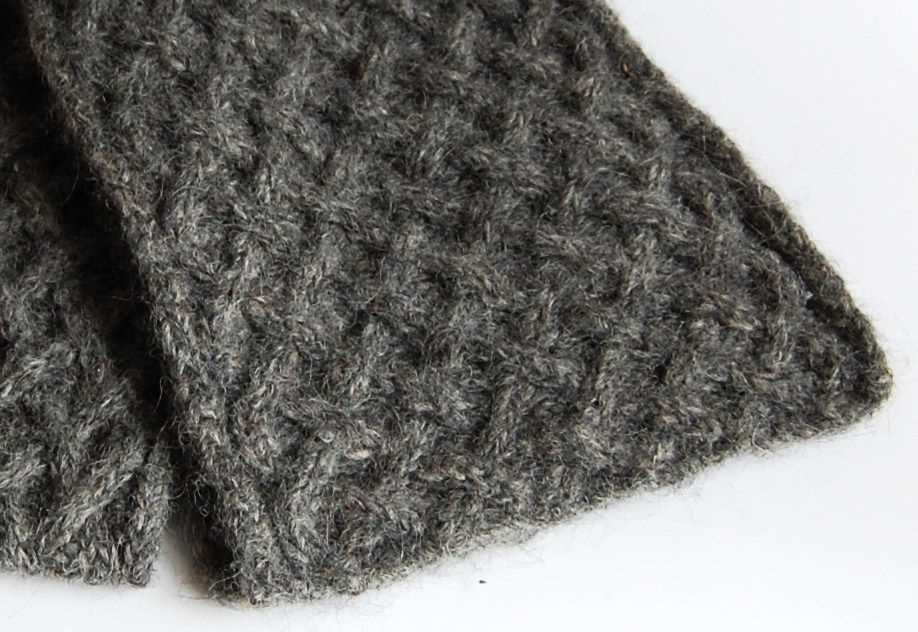
- Start by casting on the desired number of stitches for your project. The criss cross pattern typically works best with an odd number of stitches.
- Start knitting in your desired stitch pattern for a few rows to create a base. This can be stockinette stitch, garter stitch, or any other stitch pattern you prefer.
- Next, you’ll begin the criss cross pattern. For this, you will need to work with two stitches at a time. Take the first two stitches on your left needle and cross the right-hand stitch over the left-hand stitch, inserting the right-hand needle from the back.
- Bring the right-hand needle back to its original position, allowing the crossed stitches to sit in front of the two stitches you just worked.
- Knit the next two stitches on your left needle as usual, without crossing them.
- Repeat steps 3-5 until you reach the end of the row.
- For the next row, simply purl all the stitches.
- Continue alternating between the criss cross row and the purl row until you have achieved the desired length.
- Finish off your knitting by binding off all the stitches.
- Weave in any loose ends using a tapestry needle.
Now you have created your criss cross knitting pattern! You can use this technique to add texture to scarves, blankets, sweaters, or any other knitting project you can imagine.
Tips for Knitting the Criss Cross Pattern
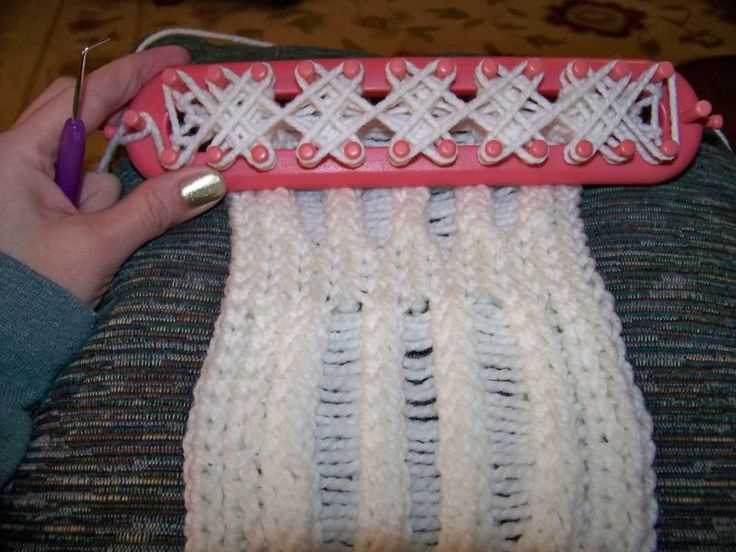
Knitting the criss cross pattern can be a fun and challenging project. This unique pattern creates a beautiful texture and adds an interesting detail to your knitted items. To help you successfully knit the criss cross pattern, here are some tips to keep in mind:
1. Use a stitch marker: The criss cross pattern involves crossing stitches over each other. To keep track of where you need to cross the stitches, use a stitch marker to mark the crossover point. This will help you avoid any confusion and ensure that your pattern remains consistent.
2. Pay attention to your tension: Like with any knitting project, maintaining an even tension is crucial when knitting the criss cross pattern. Pay close attention to how tight or loose your stitches are, as uneven tension can affect the overall appearance of the pattern. Take your time and adjust your tension as needed while working on the pattern.
3. Keep your yarn organized: When knitting the criss cross pattern, it’s important to keep your yarn organized to prevent tangling and confusion. Consider using yarn bobbins or separate balls of yarn for each section of the pattern to make it easier to manage and follow the criss cross design.
4. Count your stitches frequently: It’s easy to lose track of stitches when working on a complex pattern like the criss cross. To ensure that you don’t make any mistakes, count your stitches frequently. This will help you catch any errors early on and avoid having to unravel your work and start over.
5. Practice with swatches: If you’re new to knitting the criss cross pattern, it’s a good idea to practice on swatches before diving into a larger project. This will allow you to familiarize yourself with the pattern and make any necessary adjustments before committing to a full project. Plus, you can use these swatches to test different yarn weights and needle sizes to achieve the desired look.
By keeping these tips in mind, you’ll be well-equipped to tackle the criss cross pattern and create beautiful knitted items with an eye-catching texture. Happy knitting!
Types of projects you can use the criss cross knitting pattern for
The criss cross knitting pattern is a versatile technique that can be used for various knitting projects. Its unique design creates a beautiful texture and adds visual interest to any piece. Whether you are a beginner or an experienced knitter, you can incorporate the criss cross pattern into your projects to create stunning finished pieces.
Sweaters: The criss cross knitting pattern is perfect for creating cozy and stylish sweaters. You can use this pattern for the entire sweater or incorporate it as a panel or accent on the sleeves, collar, or hem. The criss cross pattern adds an extra dimension to the sweater, making it stand out and adding a modern touch to classic designs.
Hats: Give your winter accessories a unique twist by using the criss cross knitting pattern in your hat designs. Whether you choose a slouchy beanie or a traditional beanie style, adding the criss cross pattern will give your hat a trendy and fashionable look. The texture created by the criss cross pattern will also provide extra warmth and insulation.
Scarves: Elevate your scarf game with the criss cross knitting pattern. Instead of a simple garter or stockinette stitch, using the criss cross pattern will create an eye-catching design that will make your scarf more interesting and unique. You can use different colors or textures of yarn to enhance the criss cross pattern and create a stunning accessory.
Blankets: If you are looking to make a statement with your knitting project, consider using the criss cross pattern for a cozy blanket. This pattern adds depth and texture to the blanket, making it an ideal choice for a decorative throw or a warm and snuggly bed blanket. The criss cross pattern works well with both solid and variegated yarns, allowing you to create a truly customized and eye-catching blanket.
Shawls: The criss cross knitting pattern can also be incorporated into shawl designs. Whether you are knitting a triangular shawl or a rectangular wrap, adding the criss cross pattern will give your shawl an intricate and delicate look. This pattern is perfect for lightweight shawls that can be worn year-round and adds a touch of elegance to any outfit.
Choosing the right yarn and needles for the criss cross knitting pattern
The criss cross knitting pattern is a beautiful and intricate design that requires careful consideration when it comes to choosing the yarn and needles. The right combination of these two elements is essential to ensure that the pattern is executed correctly and that the final result is both visually appealing and structurally sound.
Yarn: When selecting the yarn for the criss cross knitting pattern, it is important to take into account the desired drape, texture, and level of warmth in the finished project. For a more structured look, a yarn with a higher level of fiber content, such as wool or acrylic, can be used. On the other hand, if a lighter and more flowy texture is desired, a yarn with a higher silk or cotton content can be chosen. Additionally, considering the color and pattern of the yarn is important in order to enhance the criss cross design.
Needles: The choice of needles for the criss cross knitting pattern is also crucial in achieving the desired outcome. The needle size should be determined by the weight and thickness of the chosen yarn. A larger needle size will create a looser and more open fabric, while a smaller needle size will result in a tighter and denser fabric. It is important to swatch and test different needle sizes to ensure that the criss cross pattern is clearly defined and visually pleasing. Additionally, the type of needle, whether it be straight, circular, or double-pointed, will depend on personal preference and the construction of the project.
- Consider the desired drape, texture, and warmth of the finished project when choosing the yarn for the criss cross knitting pattern.
- Take into account the fiber content, color, and pattern of the yarn to enhance the criss cross design.
- Select the appropriate needle size based on the weight and thickness of the chosen yarn to achieve the desired fabric density.
- Swatch and test different needle sizes to ensure that the criss cross pattern is clear and visually appealing.
- Choose the type of needle, whether it be straight, circular, or double-pointed, based on personal preference and project construction.
Common mistakes to avoid when knitting the criss cross pattern
Knitting the criss cross pattern can be a fun and challenging project, but there are some common mistakes that beginners often make. By being aware of these mistakes, you can avoid them and ensure that your criss cross pattern turns out beautifully.
1. Inconsistent tension:
One of the main challenges when knitting the criss cross pattern is maintaining the same tension throughout your work. Inconsistent tension can lead to uneven stitches and a lumpy finished product. To avoid this mistake, be mindful of your tension and take breaks if you find yourself getting too tense or fatigued. Taking breaks and practicing consistent tension will help you achieve an even and professional-looking criss cross pattern.
2. Miscounting stitches:
Another common mistake when knitting the criss cross pattern is miscounting stitches. This can be particularly frustrating when working on a complex criss cross design, as one miscount can throw off the entire pattern. To avoid this mistake, make sure to count your stitches carefully at the end of each row or round. You can also use stitch markers to help you keep track of your stitches and ensure accuracy.
3. Skipping or adding stitches:
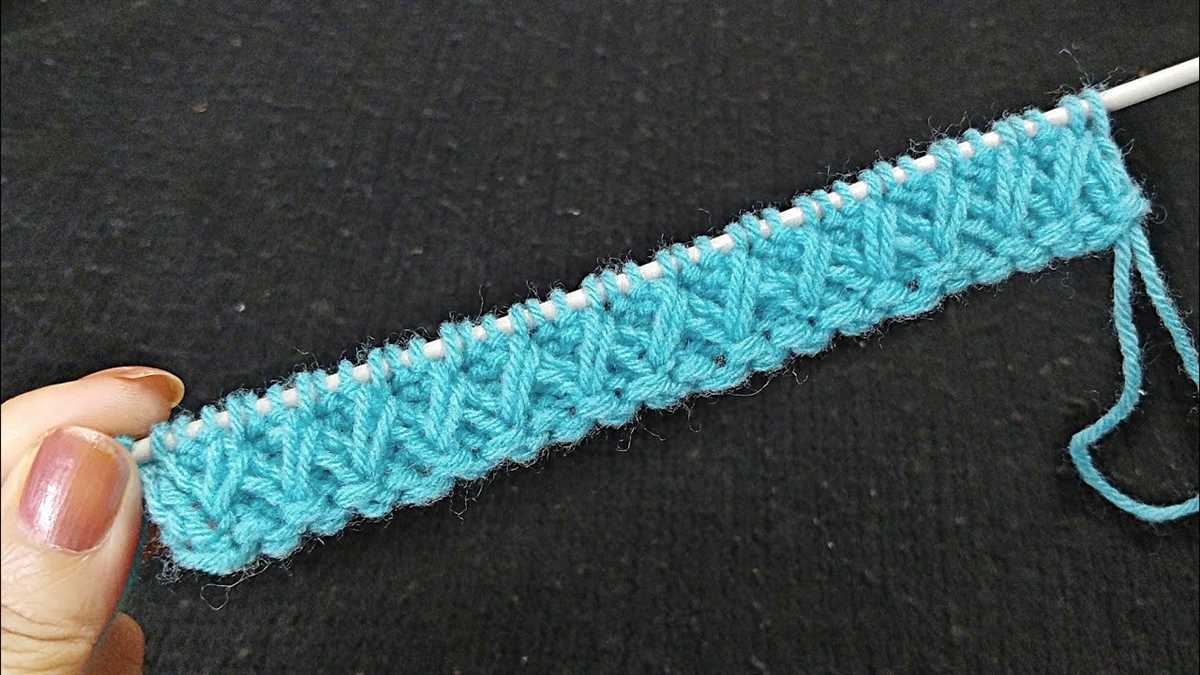
Skipping or adding stitches is a mistake that can be easily made when working on the criss cross pattern. This can result in a distorted design and require unraveling and starting over. To avoid this mistake, pay close attention to the pattern instructions and double check your work at the end of each row or round. Additionally, using stitch markers can help you identify any skipped or added stitches early on.
4. Not blocking your finished project:
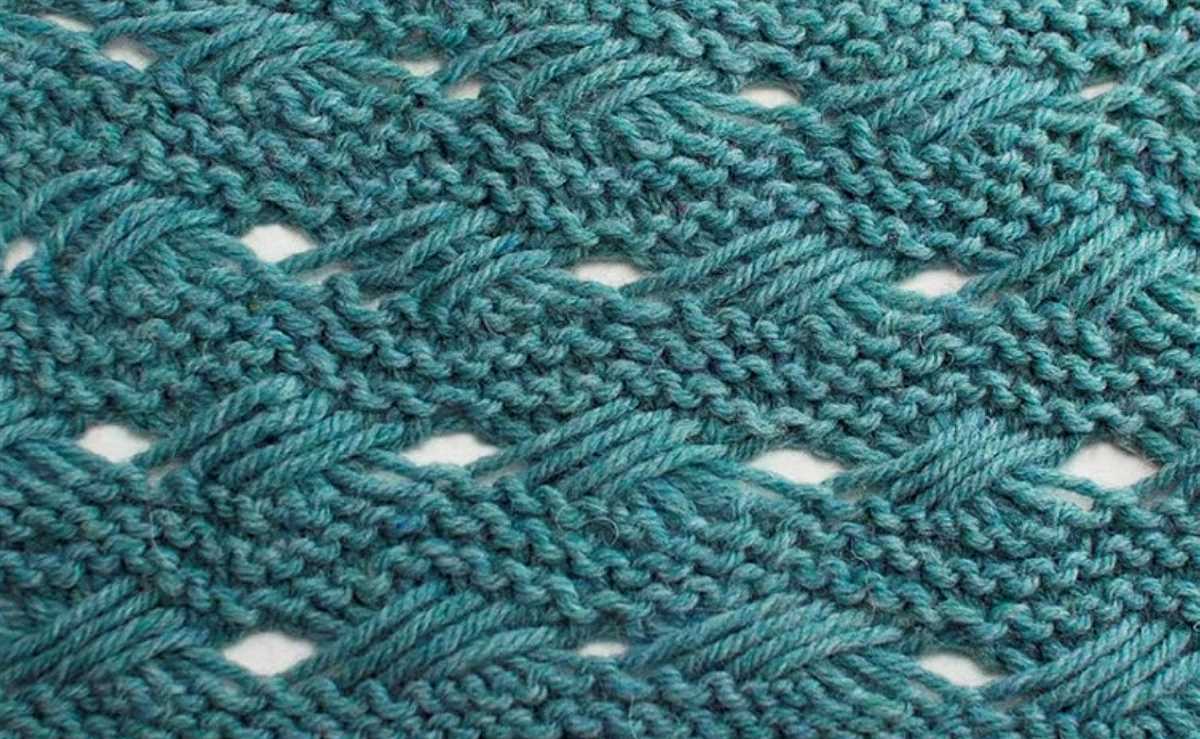
Blocking is an important step in knitting, especially when working on the criss cross pattern. Not blocking your finished project can result in a distorted and uneven design. Blocking helps even out the stitches and gives the pattern a polished and professional appearance. To avoid this mistake, make sure to block your finished criss cross project according to the instructions provided in the pattern.
5. Not practicing tension techniques:
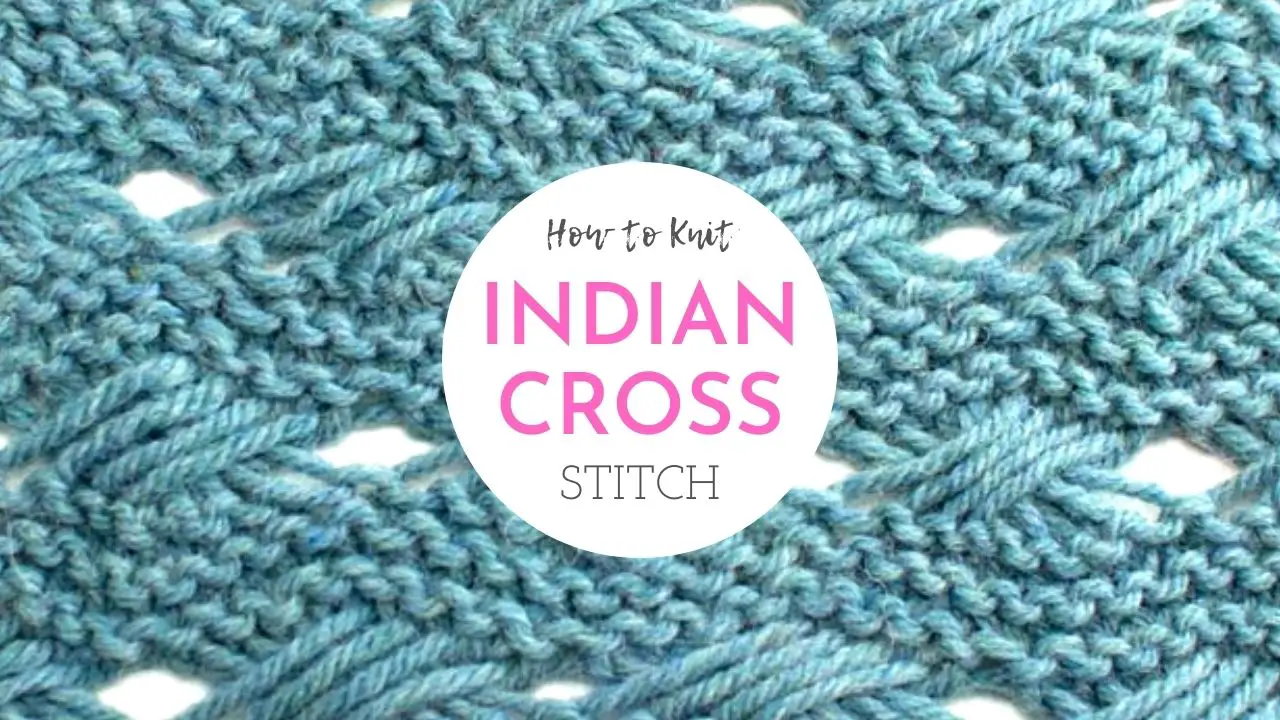
Lastly, one common mistake when knitting the criss cross pattern is not practicing tension techniques before starting the project. Criss cross patterns often involve intricate cable stitches and complex stitch combinations, which can be challenging if you are not familiar with them. To avoid this mistake, take the time to practice tension techniques on a small swatch before starting your project. This will help you become more comfortable with the stitch patterns and ensure better results.
By being aware of these common mistakes and taking the necessary precautions, you can successfully knit the criss cross pattern and create a beautiful and intricate design. Remember to be patient with yourself and enjoy the process of creating an intricate and unique piece of knitwear.
How to Adapt the Criss Cross Knitting Pattern for Different Sizes
Knitting patterns are a great way to create beautiful and unique garments, and the criss cross pattern is no exception. This pattern features a stylish interlocking design that adds visual interest to any project. However, when it comes to adapting the criss cross knitting pattern for different sizes, there are a few key considerations to keep in mind.
1. Gauge: One of the most important factors to consider when adapting the criss cross knitting pattern for different sizes is gauge. Gauge refers to the number of stitches and rows per inch in a knitted fabric, and it can vary depending on the yarn and needles used. Before starting your project, it is crucial to swatch and measure your gauge to ensure that it matches the gauge specified in the pattern. If your gauge is different, you may need to adjust the number of stitches or rows to achieve the desired size.
Modifying the Criss Cross Pattern
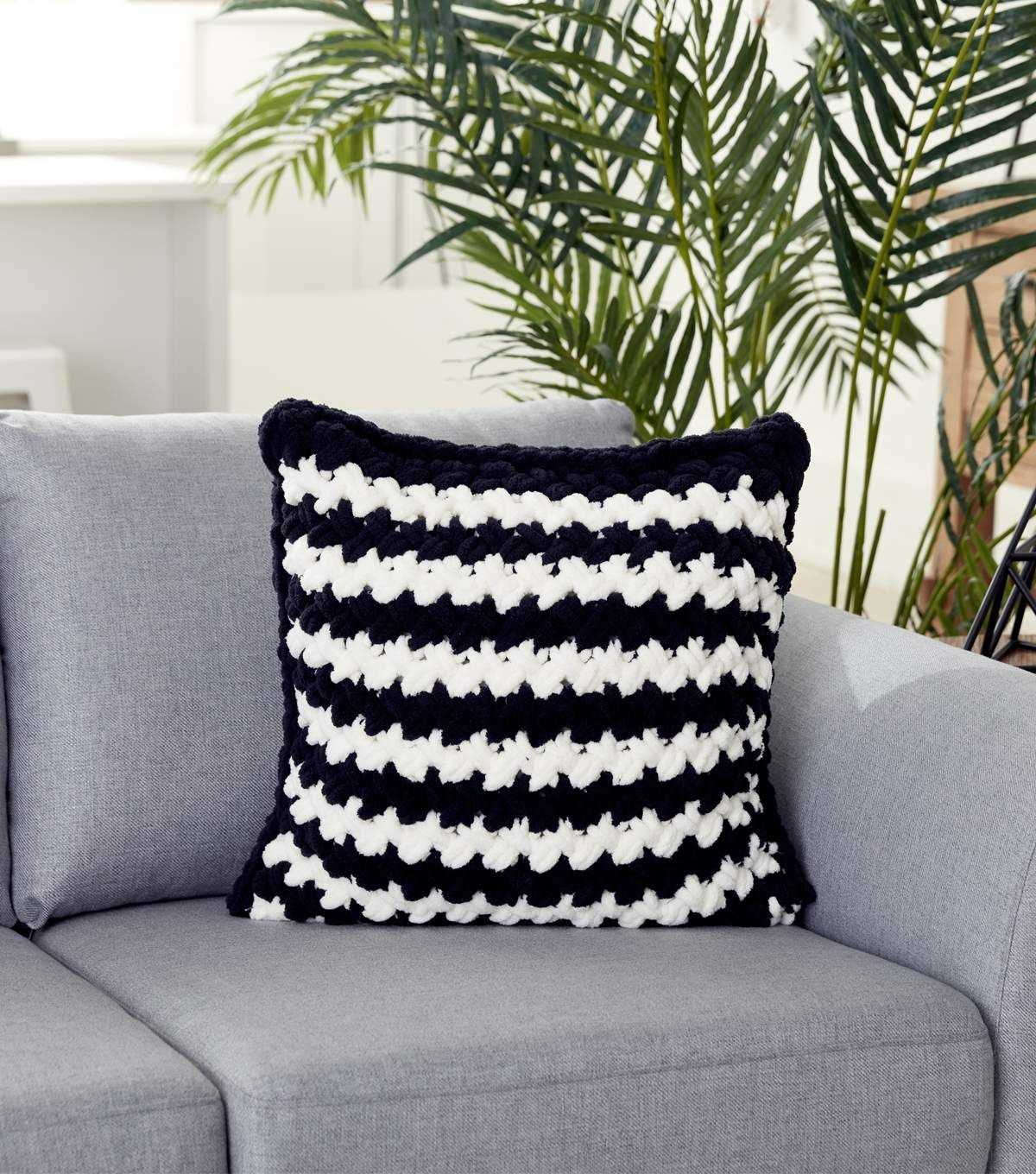
Once you have determined the correct gauge, you can modify the criss cross pattern to fit your desired size. Here are a few tips:
- 2. Sizing up: To make the criss cross pattern larger, you can add additional stitches and rows. For example, if the pattern instructs to cast on 60 stitches, you can cast on more stitches in multiples of the pattern repeat to make the garment wider. Similarly, you can work additional rows to make the garment longer.
- 3. Sizing down: If you want to make the criss cross pattern smaller, you can decrease the number of stitches and rows. For instance, you can cast on fewer stitches in multiples of the pattern repeat to make the garment narrower. Additionally, you can work fewer rows to make the garment shorter.
- 4. Adjusting the pattern repeat: Another way to accommodate different sizes is by adjusting the pattern repeat. The pattern repeat is the number of stitches required to complete one full pattern sequence. By adding or subtracting stitches in the pattern repeat, you can customize the width of the criss cross design.
Remember, it is important to carefully read and understand the pattern instructions before making modifications. Additionally, keeping detailed notes and measurements as you work will help ensure consistency across multiple sizes and future projects.
Adding variations to the criss cross knitting pattern
The criss cross knitting pattern is a versatile and visually appealing design that adds texture and interest to any project. While the criss cross pattern can be beautiful on its own, adding variations can take it to the next level.
Varying the stitch size: One way to add variation to the criss cross knitting pattern is by changing the size of the stitches. You can experiment with different needle sizes to create larger or smaller stitches. Larger stitches will create a more open and airy pattern, while smaller stitches will result in a tighter and denser design. This variation can be especially effective when used to create contrast within a project or to highlight specific areas.
Changing the direction: Another way to add interest to the criss cross knitting pattern is by changing the direction of the crossed stitches. Instead of always crossing the stitches in the same direction, you can alternate between crossing them left over right and right over left. This variation can create a more dynamic and dynamic effect, and it can also help to prevent the pattern from becoming repetitive or monotonous.
Adding color: Incorporating different colors into the criss cross knitting pattern can also enhance its visual appeal. You can use multiple colors to create stripes or blocks of color within the pattern. Alternatively, you can use variegated or self-striping yarn to introduce color variations without having to change yarns. Adding color to the criss cross pattern can make it stand out and become a focal point of your project.
Incorporating other stitch patterns: Finally, you can further customize the criss cross knitting pattern by incorporating other stitch patterns. For example, you can combine the criss cross pattern with a lace stitch for a delicate and feminine design. Alternatively, you can pair it with cables for a more intricate and textured look. By combining different stitch patterns, you can create unique and personalized projects that showcase your creativity and knitting skills.
Overall, the criss cross knitting pattern provides a solid foundation for adding variations and customizations. Whether you choose to change the stitch size, direction, color, or incorporate other stitch patterns, experimenting with these variations can result in stunning and unique projects that showcase your knitting skills and creativity.
Care and Maintenance for Criss Cross Knitted Items

Criss cross knitted items can add a stylish and unique touch to your wardrobe, but they require special care and maintenance to keep them looking their best. Here are some tips to help you take care of your criss cross knitted items:
1. Hand Wash with Care
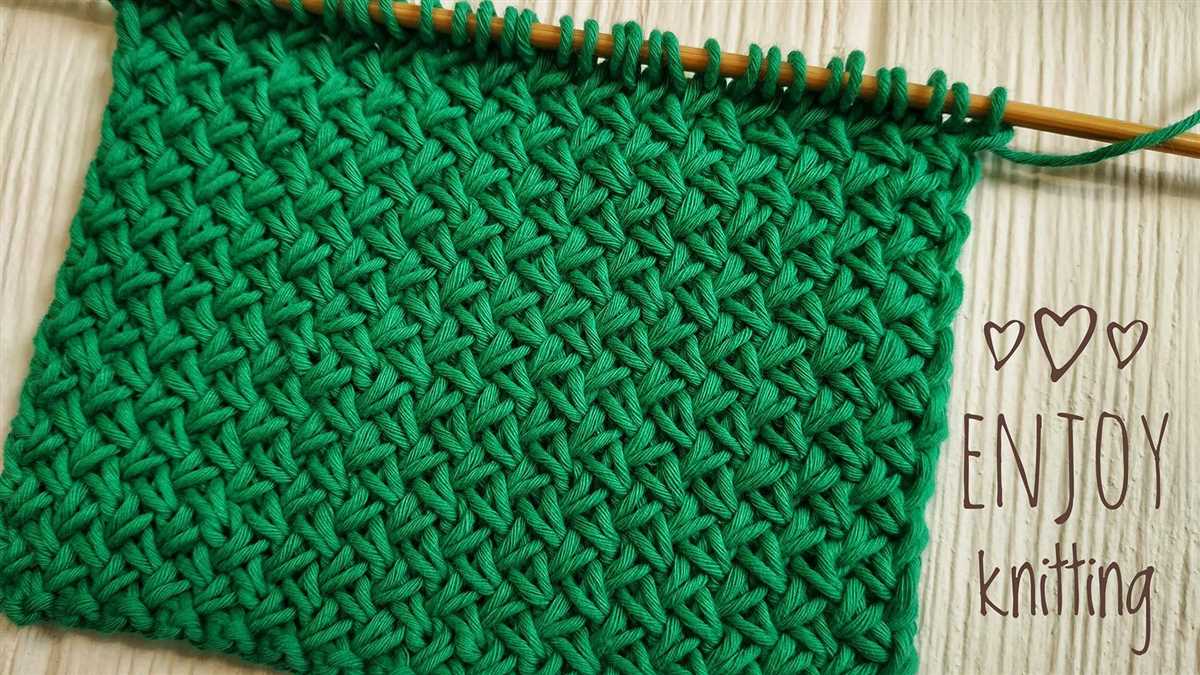
Hand washing is the best method for cleaning criss cross knitted items. Fill a basin or sink with lukewarm water and add a mild detergent specifically designed for delicate fabrics. Gently submerge the item in the water and lightly agitate it with your hands. Rinse thoroughly with lukewarm water and gently squeeze out the excess moisture without wringing or twisting the garment. Lay it flat on a towel and reshape it to its original form. Allow it to air dry away from direct heat or sunlight.
2. Avoid Machine Washing
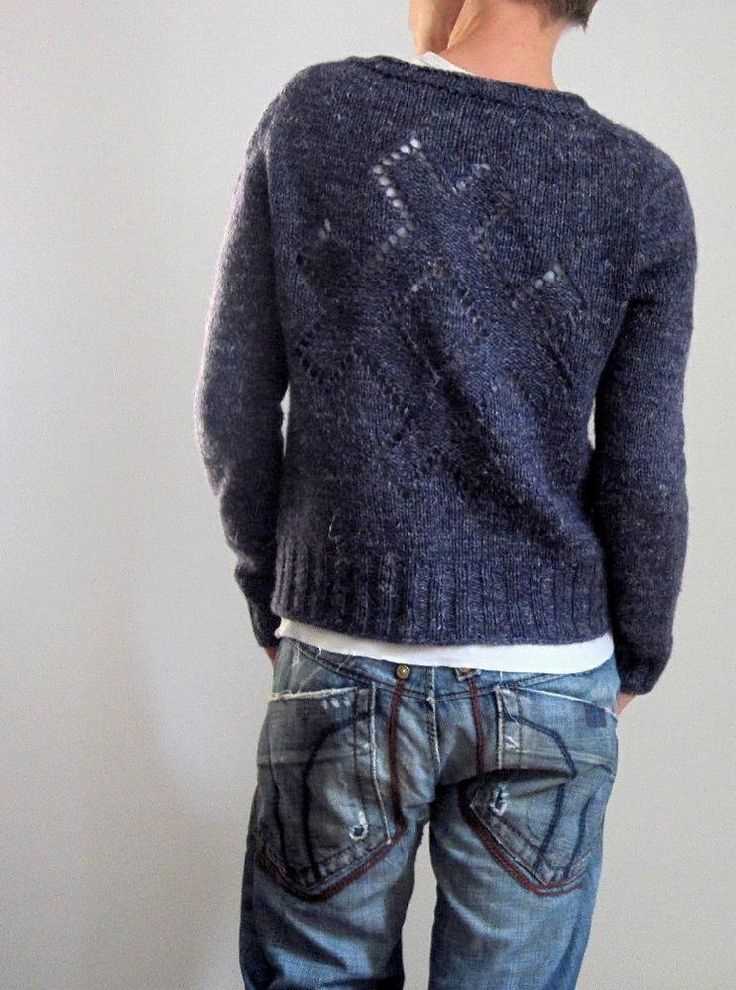
Avoid machine washing criss cross knitted items as it can cause damage to the delicate stitches and distort the shape of the garment. The agitation and spinning of the washing machine can lead to fraying, stretching, or unraveling of the criss cross pattern. Hand washing is always the safer option to preserve the quality and longevity of your knitted items.
3. Handle with Care
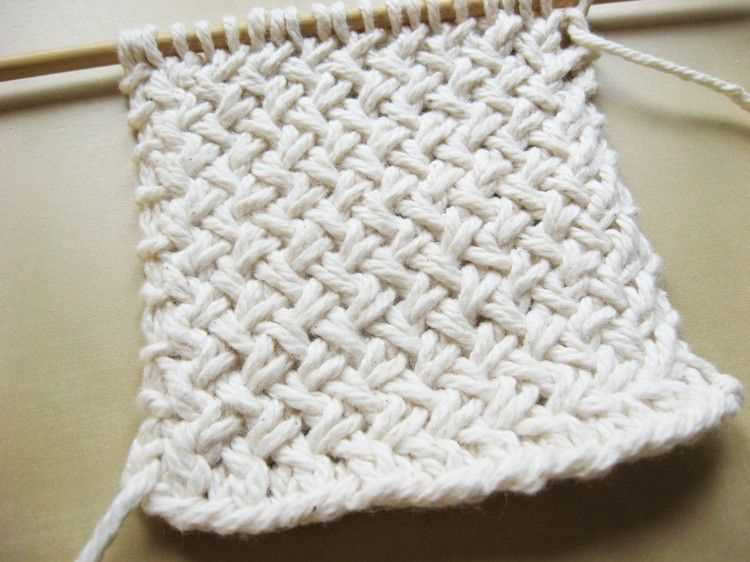
Handle your criss cross knitted items with care to avoid snagging or pulling the delicate stitches. When wearing or storing these items, be mindful of sharp objects or rough surfaces that can cause damage. Avoid wearing jewelry or accessories that can get caught in the criss cross pattern. When storing, fold the garment neatly and place it in a sealed bag or drawer to protect it from dust and moths.
4. Gentle Ironing
If your criss cross knitted item requires ironing, use a low heat setting and place a thin cotton or muslin cloth over the garment to protect it from direct contact with the iron. Gently press the iron over the cloth in a back-and-forth motion without applying too much pressure. Avoid dragging the iron or using steam, as it can cause stretching or distortion of the criss cross pattern.
By following these care and maintenance tips, you can keep your criss cross knitted items looking beautiful and ensure their longevity. Remember that proper care will help preserve the unique texture and design of these special pieces.
Inspiration for your next criss cross knitting project
Criss cross knitting is a versatile technique that can be used to create a wide range of beautiful patterns. Whether you’re a beginner or an experienced knitter, there are plenty of inspiration sources to help you find your next criss cross knitting project.
1. Online knitting communities: Joining online knitting communities and forums can provide you with endless inspiration. You can find patterns shared by other knitters, ask for advice, and share your own projects. Websites like Ravelry, Knitting Paradise, and LoveKnitting are great places to start.
2. Knitting magazines and books: Knitting magazines and books often feature criss cross knitting patterns that you can use as inspiration. These resources provide step-by-step instructions and detailed images to guide you through the knitting process. Some popular knitting magazines include Vogue Knitting, Interweave Knits, and Knitscene.
3. Pinterest and Instagram: These social media platforms are filled with stunning images of criss cross knitting projects. You can search for specific keywords like “criss cross knitting” or “cable knitting” to find a plethora of ideas. Users often share their own creations and provide links to patterns and tutorials.
4. Knitting pattern websites: Websites specifically dedicated to knitting patterns, such as Knitty, Yarnspirations, and AllFreeKnitting, offer a wide variety of criss cross knitting patterns. These websites often categorize their patterns by skill level and project type, making it easy to find the perfect pattern for your next project.
Final thoughts
Criss cross knitting is a unique technique that allows you to create intricate and visually appealing patterns. With the abundance of inspiration available online and in print, there’s no shortage of ideas for your next criss cross knitting project. Whether you’re looking to create a cozy scarf, a stylish sweater, or a beautiful blanket, the possibilities are endless. So grab your knitting needles and get ready to embark on your next criss cross knitting adventure.